All Posts
View Other Categories
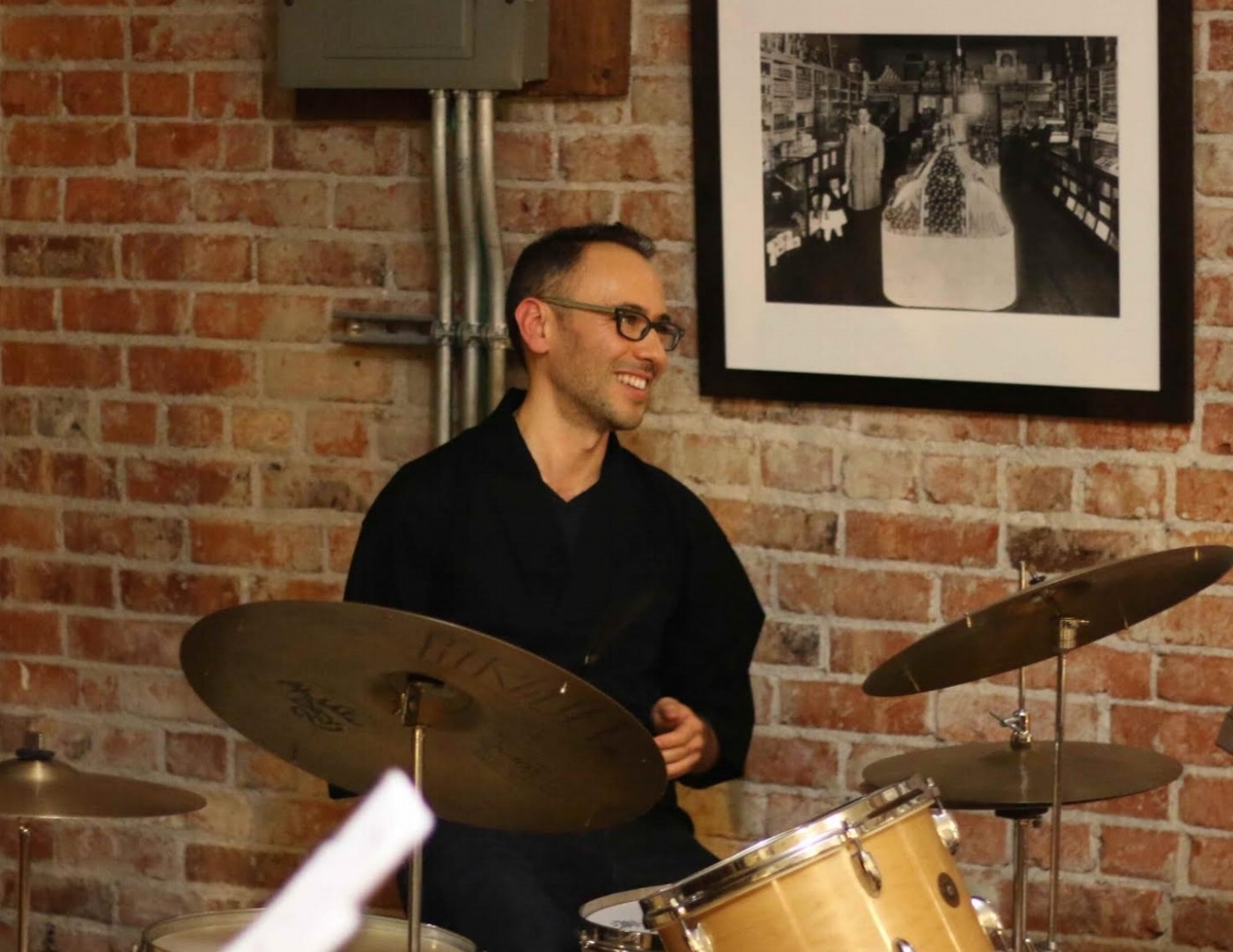
Community Curator Spotlight: Paul Kikuchi on Finding Ancestral Connections through Music
Percussionist, composer, and interdisciplinary artist Paul Kikuchi speaks with Densho Community Curator Erin Shigaki about the influences of his ancestors, identity, and community on his art. Kikuchi shares, “How easily…
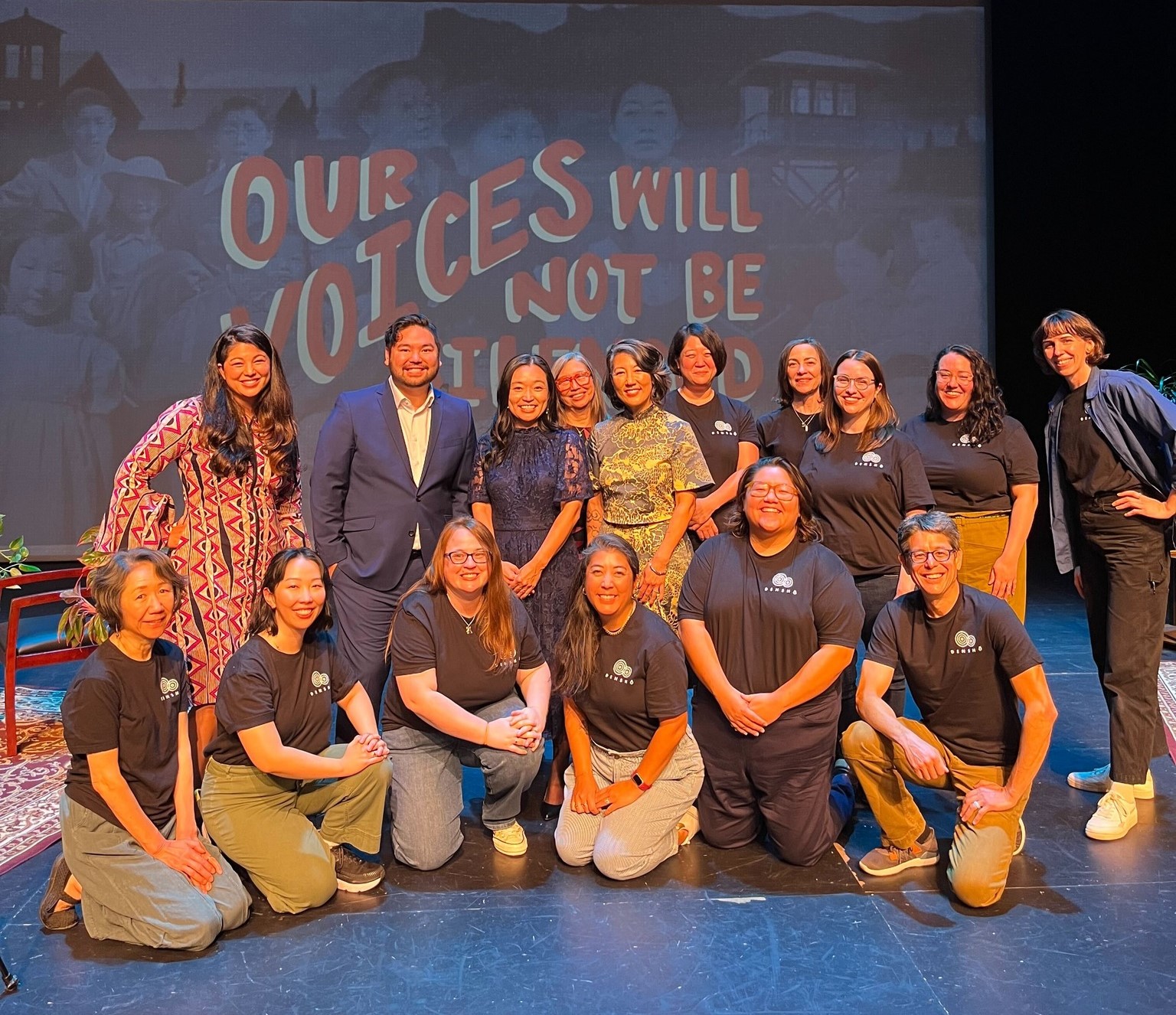
Highlights from Densho’s 2023 Virtual Fundraiser: Our Voices Will Not Be Silenced
Thank you to everyone who tuned in on October 5 for Densho’s 2023 virtual fundraiser, Our Voices Will Not Be Silenced!

How Kaneji Domoto’s “Compassionate Architecture” Highlights The Contradictions Of Camp
As an intern at Densho, I have spent this past summer and fall processing new additions to the Kaneji and Sally (Fujii) Domoto Collection. During that time, I enjoyed getting…

Intern Spotlight: Kelsie Flack on Learning History from Those Who Lived It
Kelsie Flack gained a love of archival work during her undergraduate degree when she worked in special collections at the University of Utah’s J.W. Marriott Library. This experience pushed her…
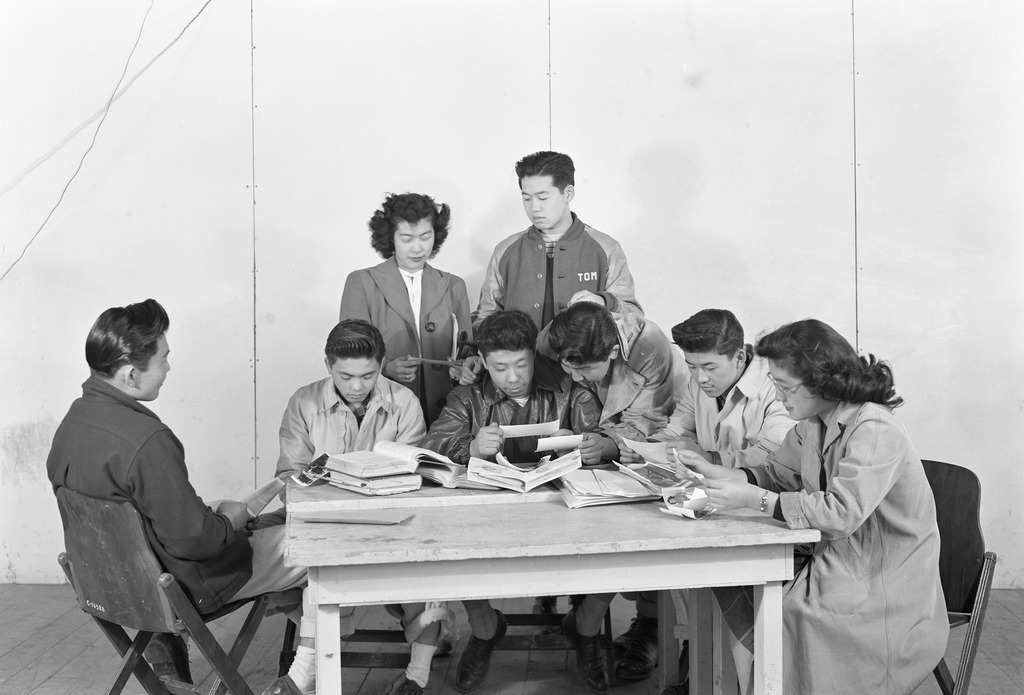
15 Books About Japanese American WWII Incarceration For Readers Of All Ages
Looking for some summer reading for the students—and learners of any age—in your life? Densho Content Director Brian Niiya recommends some graphic novels and youth-friendly books with plotlines related to…

Frozen Hair, Work Stoppages, and Other Lesser-Known Stories from Heart Mountain
Perhaps you know the Heart Mountain, Wyoming, concentration camp for stories of boyhood-friends-turned-congressmen Norman Mineta and Alan Simpson, for the draft resistance of the Heart Mountain Fair Play Committee, for…

Community Curator Spotlight: Dean Terasaki on Memory and Mystery
Erin Shigaki, Seattle-based artist and Densho’s inaugural Community Curator, caught up with photographer Dean Terasaki to learn how he’s turned his lens toward an 80 year old family mystery.

Intern Spotlight: Kathleen Singleton on the Power of Archives
Kathleen Singleton is a mixed Yonsei, born and raised in Seattle, Washington. They graduated from Central Washington University with a BA in Professional and Creative Writing with a minor in…
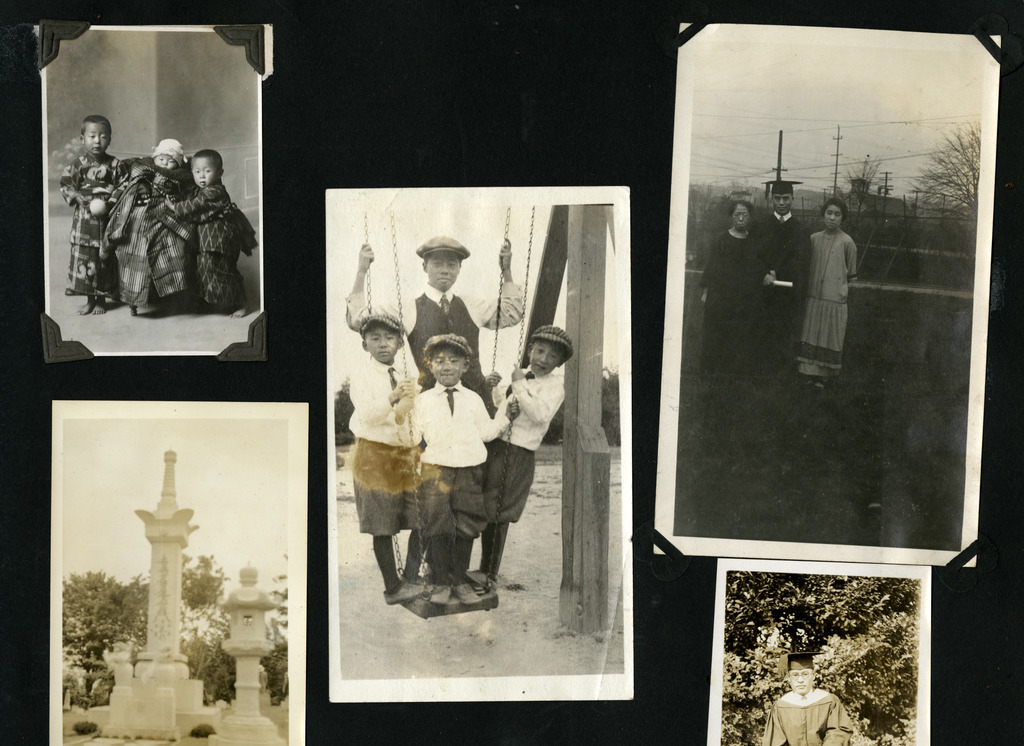
Intern Spotlight: Ron Martin-Dent on Hidden Connections in the Archives
Densho Archives Intern Ron Martin-Dent shares some lessons learned and surprises uncovered during his time adding new collections to the Densho Digital Repository.
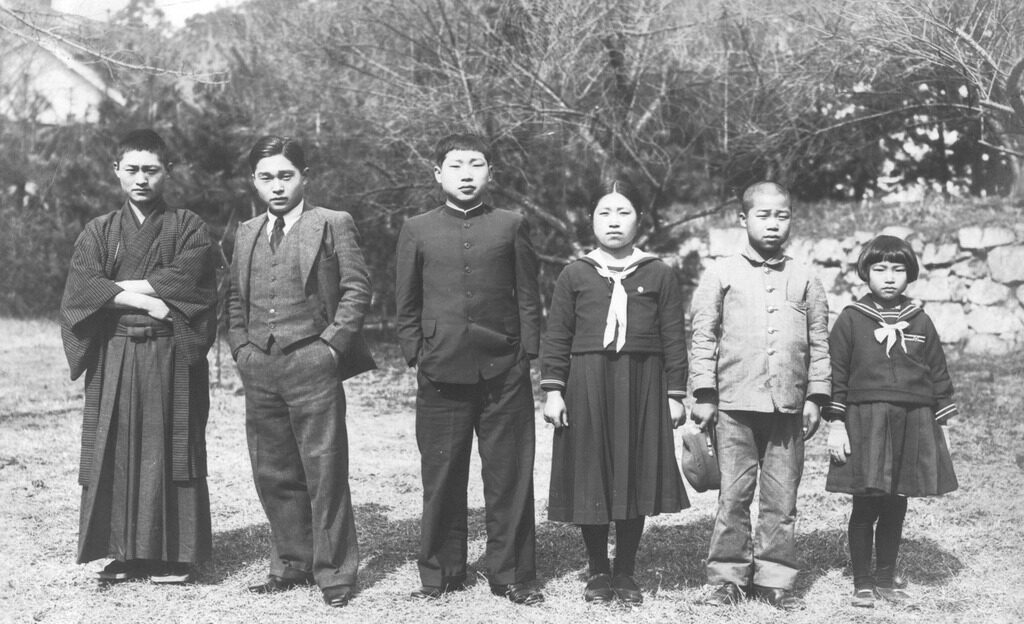
The Kibei Story Is “The Biggest Unexplored Episode In The History Of Japanese Americans.” Here’s Where To Learn More About It.
A recent episode of NPR’s Code Switch explores an often forgotten chapter of Japanese American history: the Kibei story. Kibei were Japanese Americans who were born in the US to…
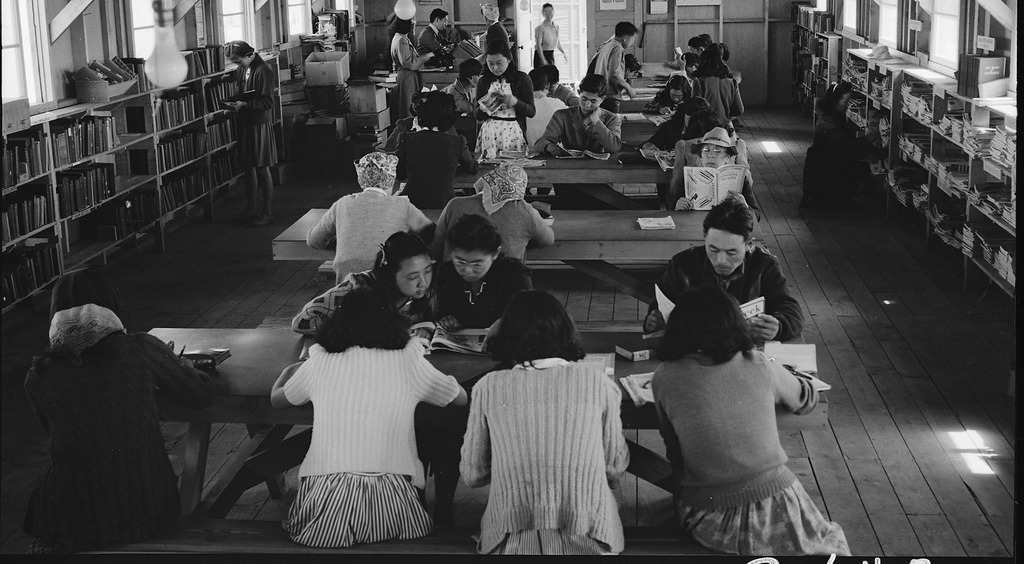
Counting Down Our Top 5 Most-Read Densho Encyclopedia Articles
Since launching the Densho Encyclopedia in 2012, we’ve published 1,500 articles on Japanese American history written by expert scholars and public historians — making it the go-to resource for many…

Ask a Historian: Why Do Some Survivors Say Camp Was “Fun”?
Densho Content Director Brian Niiya responds to a question from a descendant of the camps who wonders why his Nisei father often shared “happy” memories of the wartime incarceration.
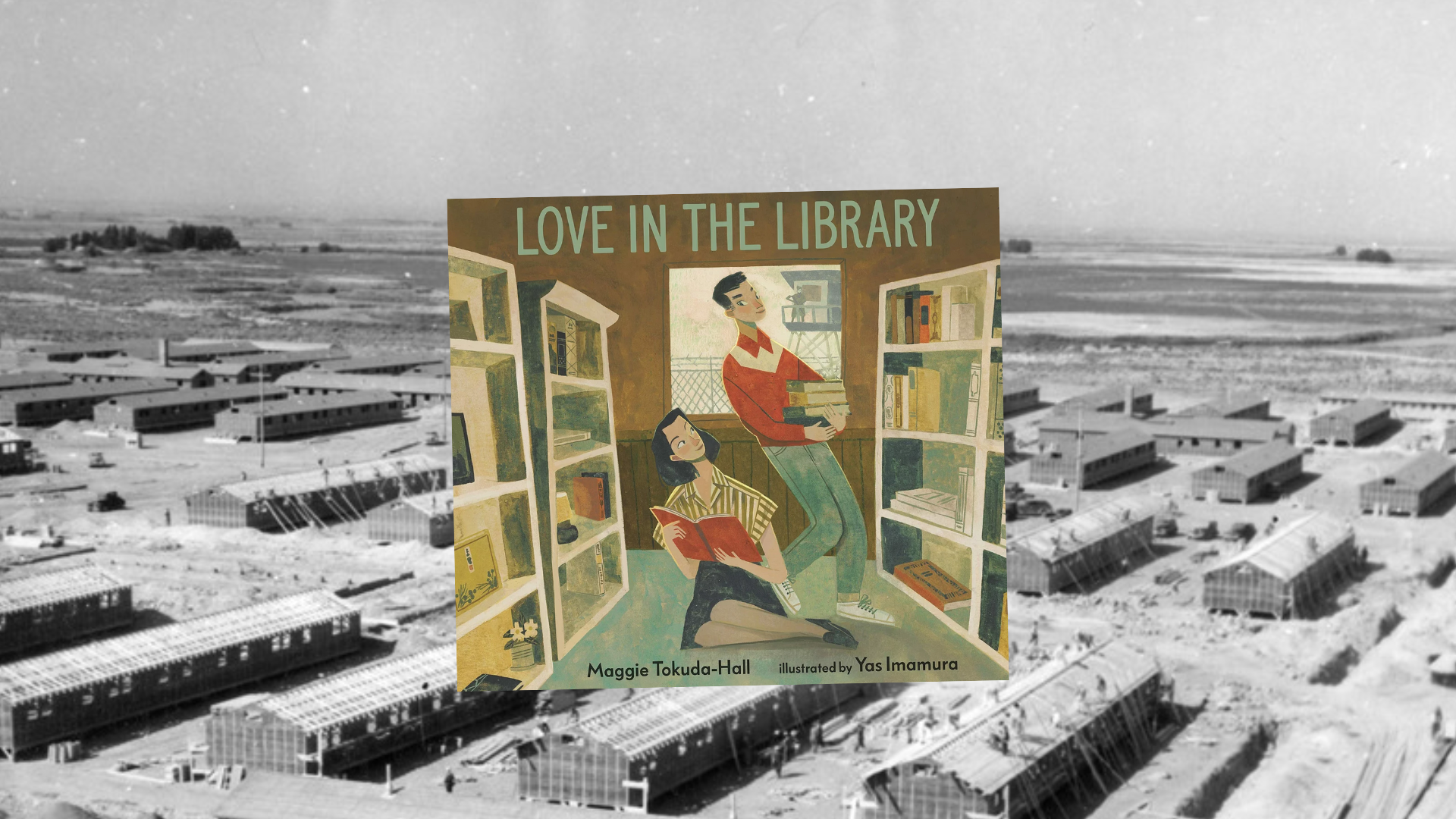
Author Maggie Tokuda-Hall Takes a Stand Against Censorship and the “Deeply American Tradition of Racism”
Earlier this month, author Maggie Tokuda-Hall received a troubling offer from publishing giant Scholastic: they would license Love in the Library, her acclaimed children’s book based on her grandparents’ experiences…
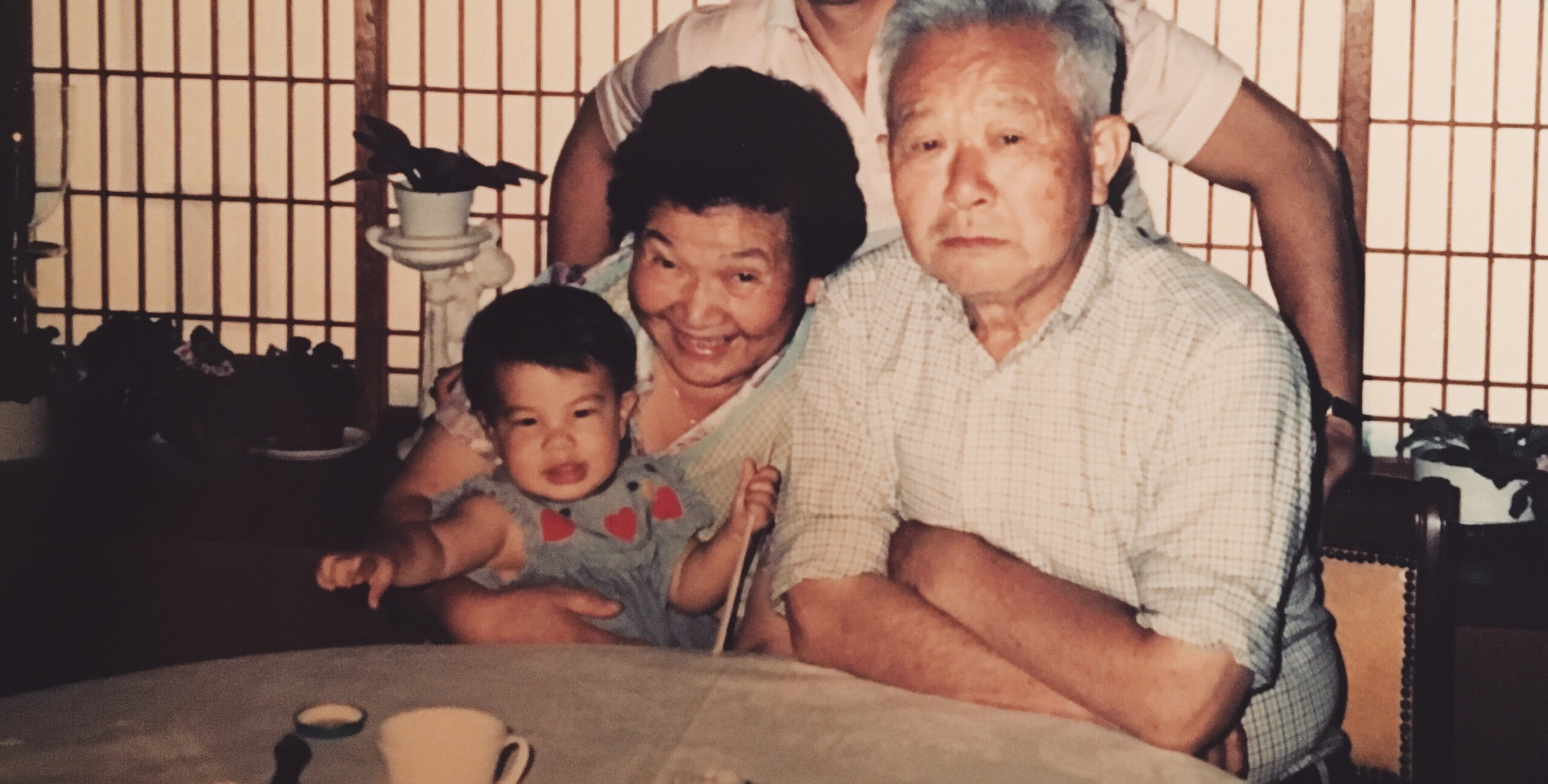
Diana Emiko Tsuchida On How Her Grandmother’s Story Helped Her Write Her Own
In this guest post for Women’s History Month, Diana Emiko Tsuchida, creator of the journal and oral history project Tessaku, writes about how her grandmother’s experiences during WWII have shaped…
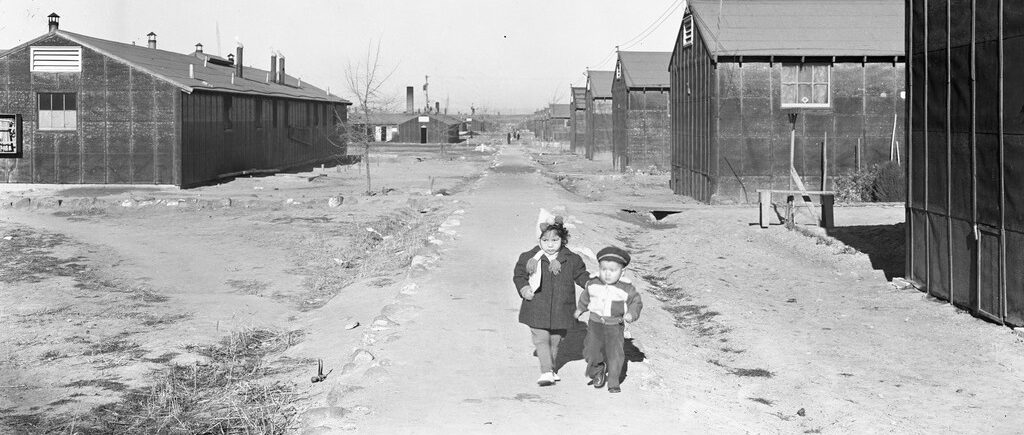
The Proposed Lava Ridge Wind Farm at Minidoka Is Part of a Larger—and Ongoing—Pattern of Erasing Marginalized Histories
A proposal to build a 76,000-acre wind farm surrounding the former Minidoka concentration camp threatens to erase the site’s historic legacy. The Bureau of Land Management is accepting public comments…
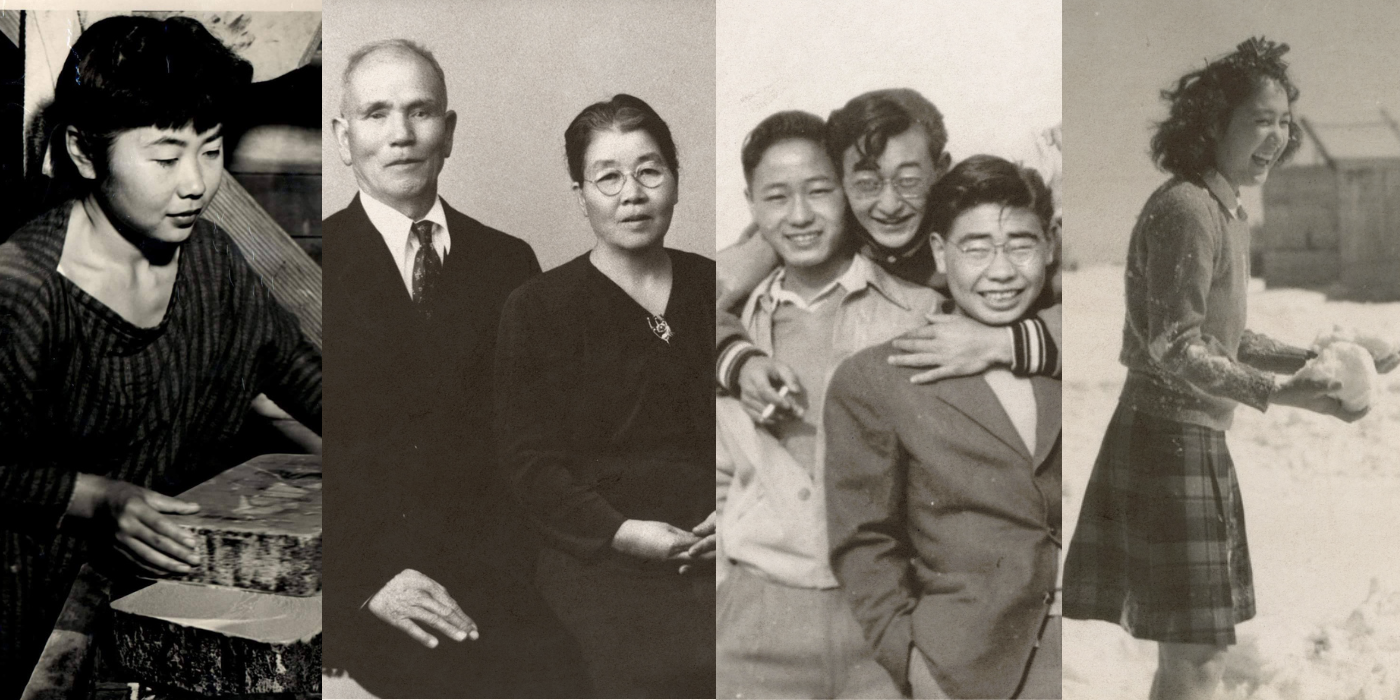
#WhoWeRemember: A Collective Memory Project for Day of Remembrance 2023
Last week, Japanese Americans across the country gathered to remember a day that will forever be impressed upon our collective memory. February 19, 1942 — when FDR signed Executive Order…

Community Curator Spotlight: Alison Moritsugu’s “Moons and Internment Stones”
Artist Alison Moritsugu’s work explores our relationship with nature and how the stories we tell about landscapes—often idealized to hide what lies beneath the surface—shape our conceptions of the world…
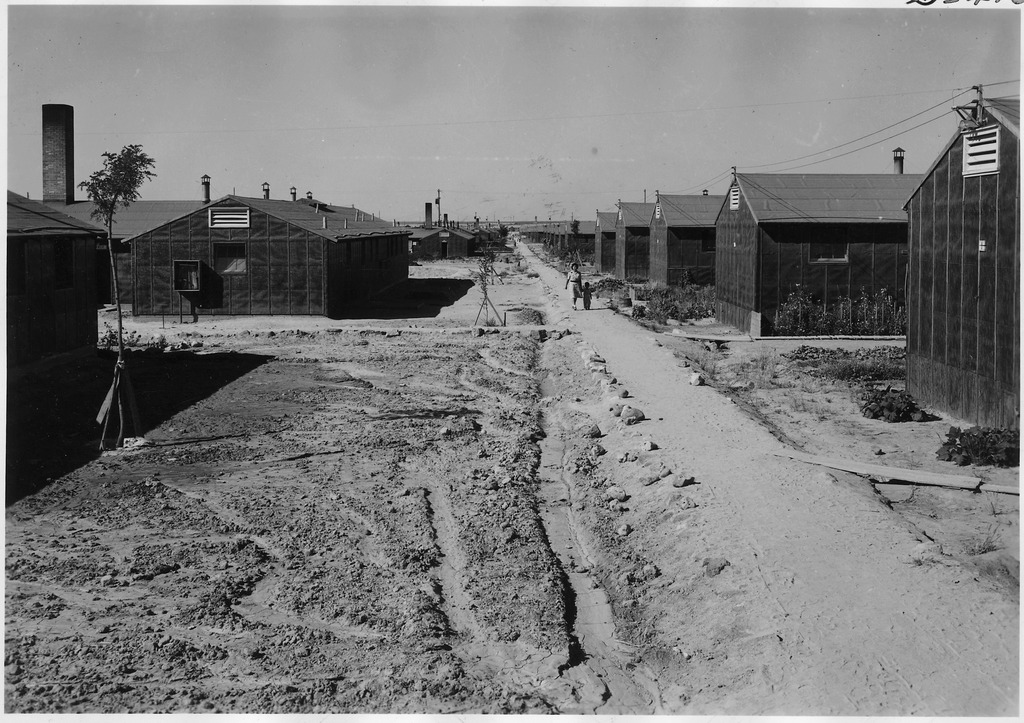
Ask a Historian: How Did Alaska Natives Wind Up Inside Japanese American Concentration Camps?
Brian Niiya delves into the hidden history of a group of Alaska Natives caught up in the WWII incarceration of Japanese Americans in our first “Ask a Historian” entry of…
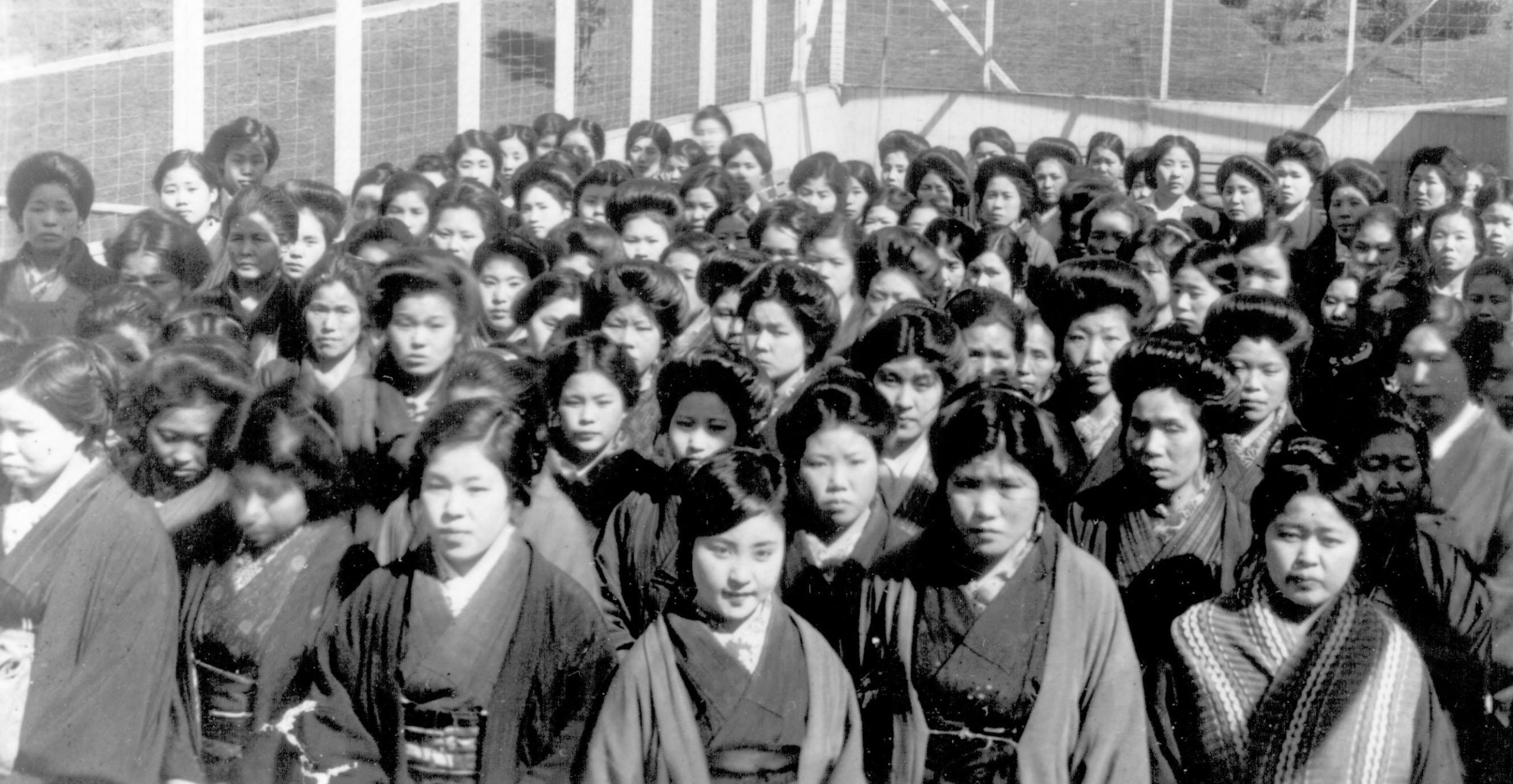
This Classic Novel by Yoshiko Uchida Chronicles the Dreams and Struggles of Japanese Picture Brides
In an excerpt from her foreword to a new re-release of Yoshiko Uchida’s Picture Bride, Elena Tajma Creef shines a light on the unsung history of the women who inspired…
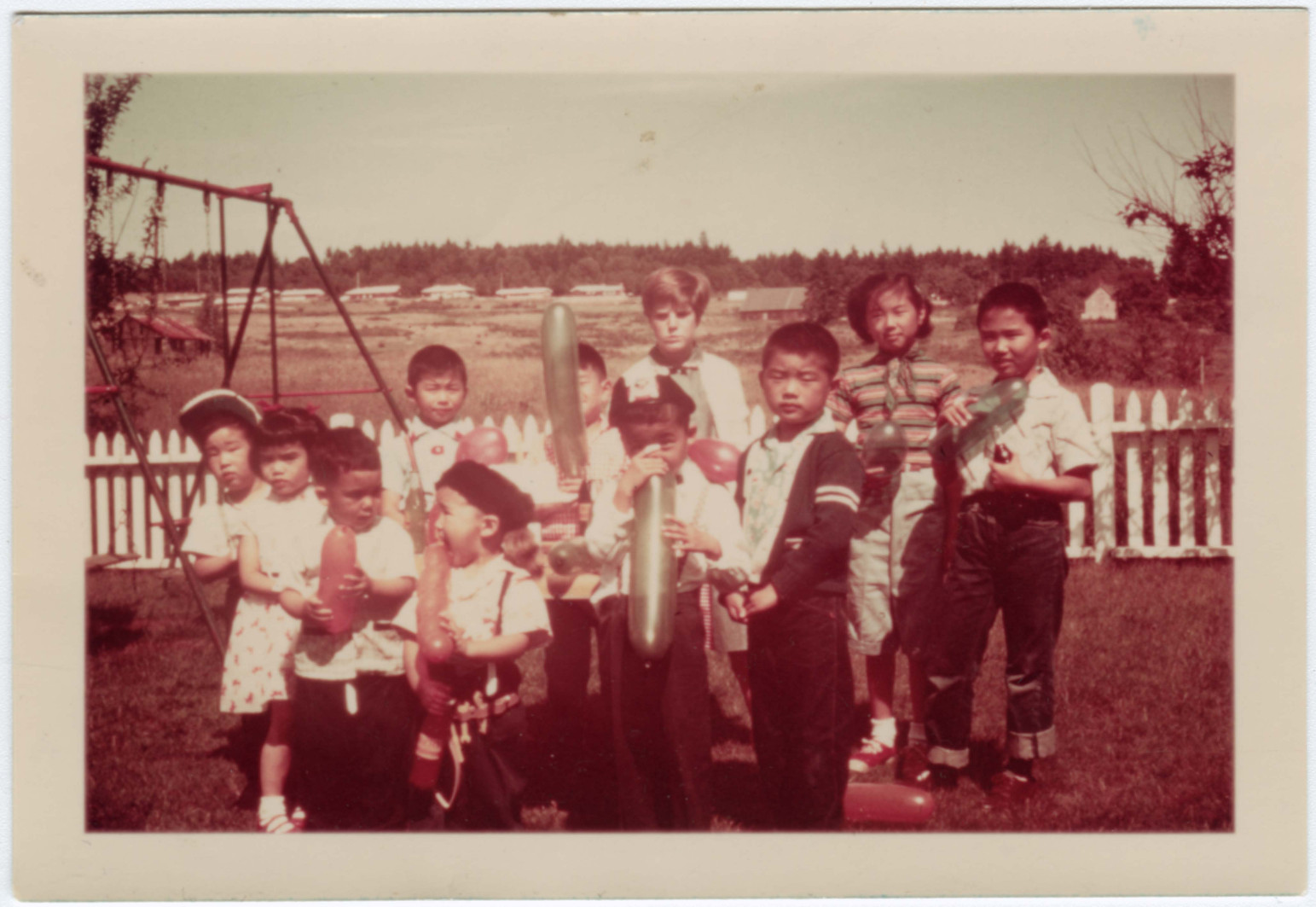
Happy 100th Birthday to These 17 Nisei Notables
The early 1920s were the peak of the Nisei baby boom and, according to War Relocation Authority records, the year 1923 saw the second largest number of Nisei (and undoubtedly…
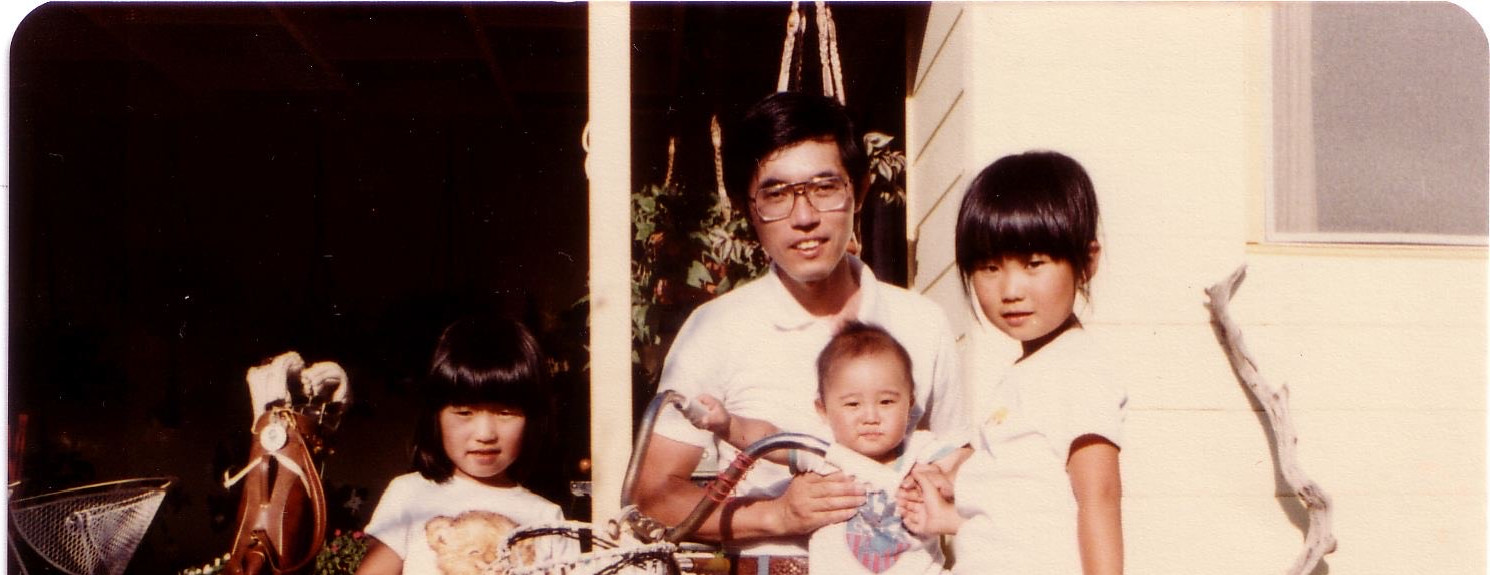
How Naomi Ostwald Kawamura’s Family History Shaped Her Life: An Interview with Densho’s New Executive Director
Densho’s new executive director Naomi Ostwald Kawamura brings with her a deep knowledge and passion about public education’s role in ensuring that the stories of Japanese American WWII incarceration reach…
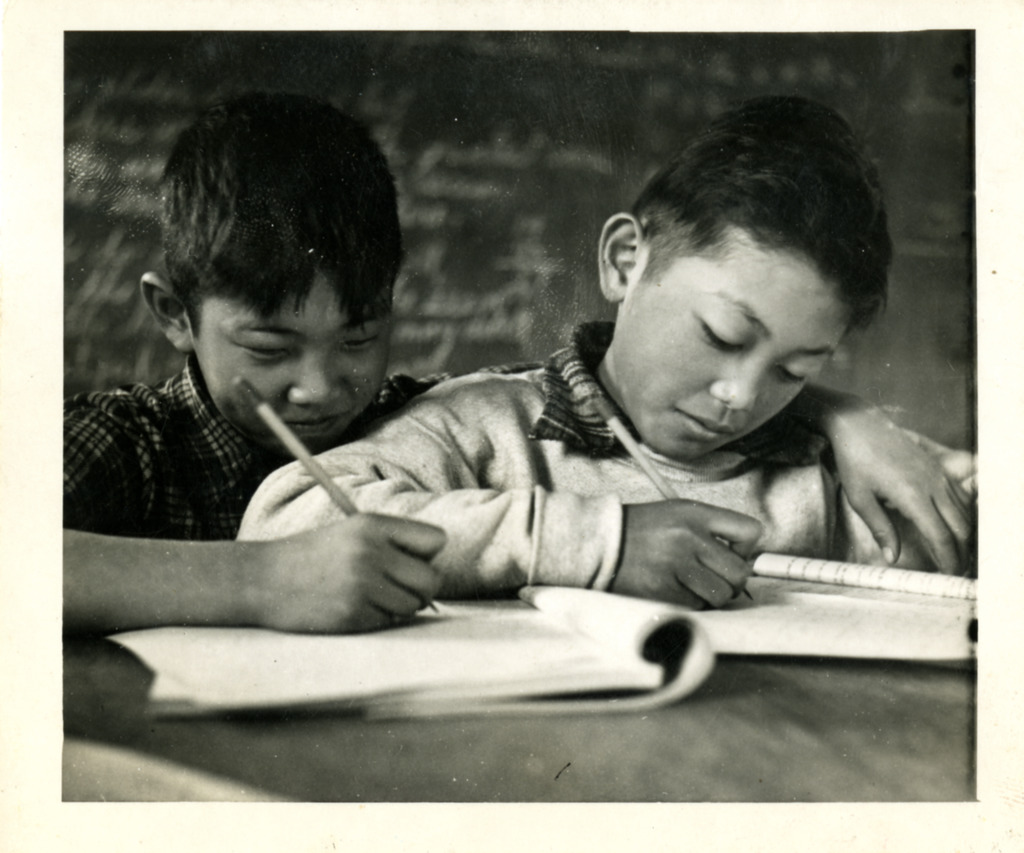
Counting Down Our Top 10 Reads from the Densho Catalyst in 2022
As we approach the end of 2022, we’re looking back at the highs — and lows — of the past year. Here are this year’s top ten most-read pieces from…

Mine Okubo Illustrated a Book About Invading Alien Santas That You’ve Probably Never Seen…Until Now
Mine Okubo was best known for her 1946 illustrated memoir, Citizen 13660, which depicted her incarceration at Tanforan and Topaz. While that book brought her the most acclaim, Okubo was…
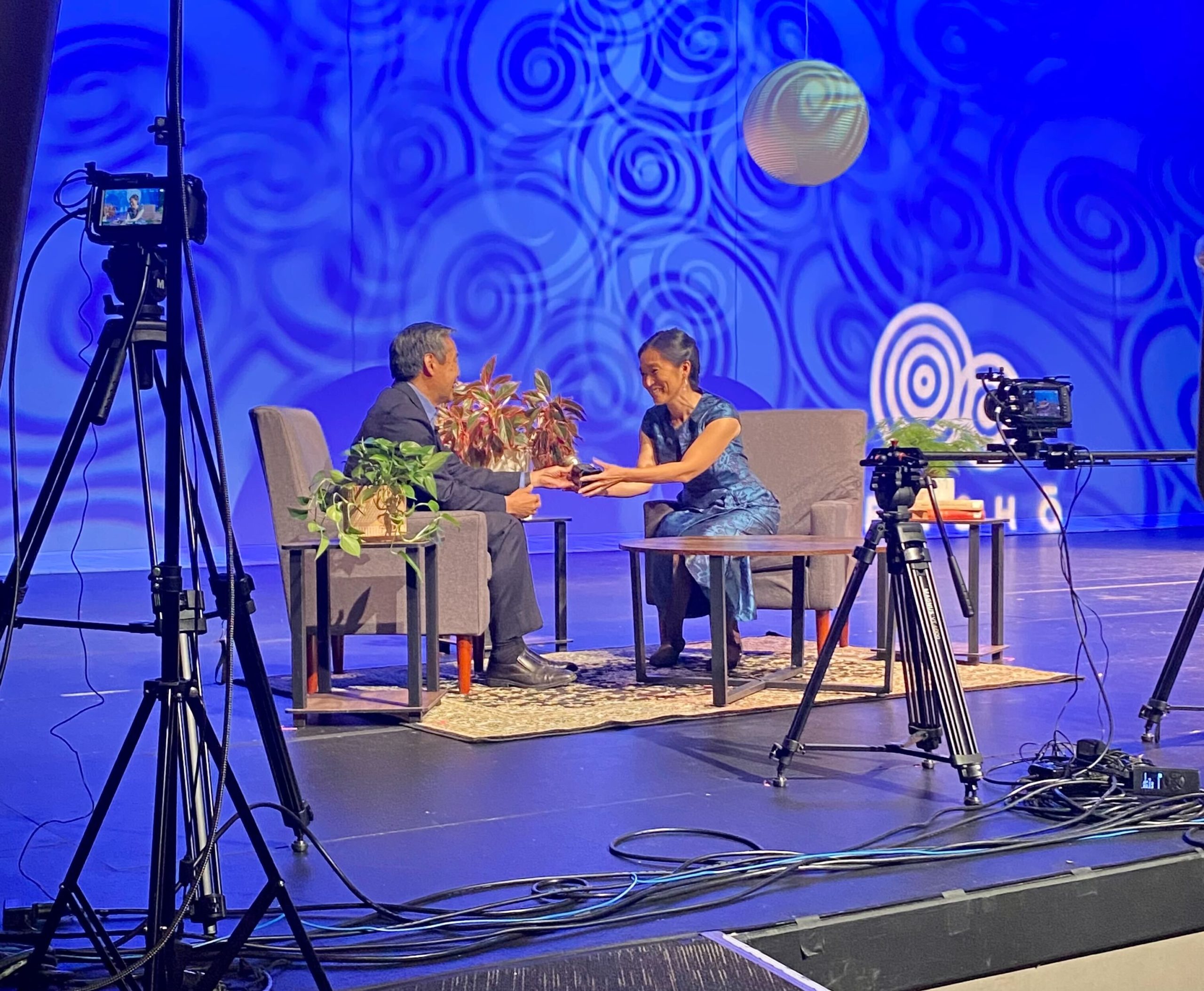
Highlights from the 2022 Densho Virtual Gala: Telling Our Next Story
Thank you to everyone who joined us on November 3 to make the Densho Virtual Gala a very special event! Even though we weren’t able to gather in person, we…
